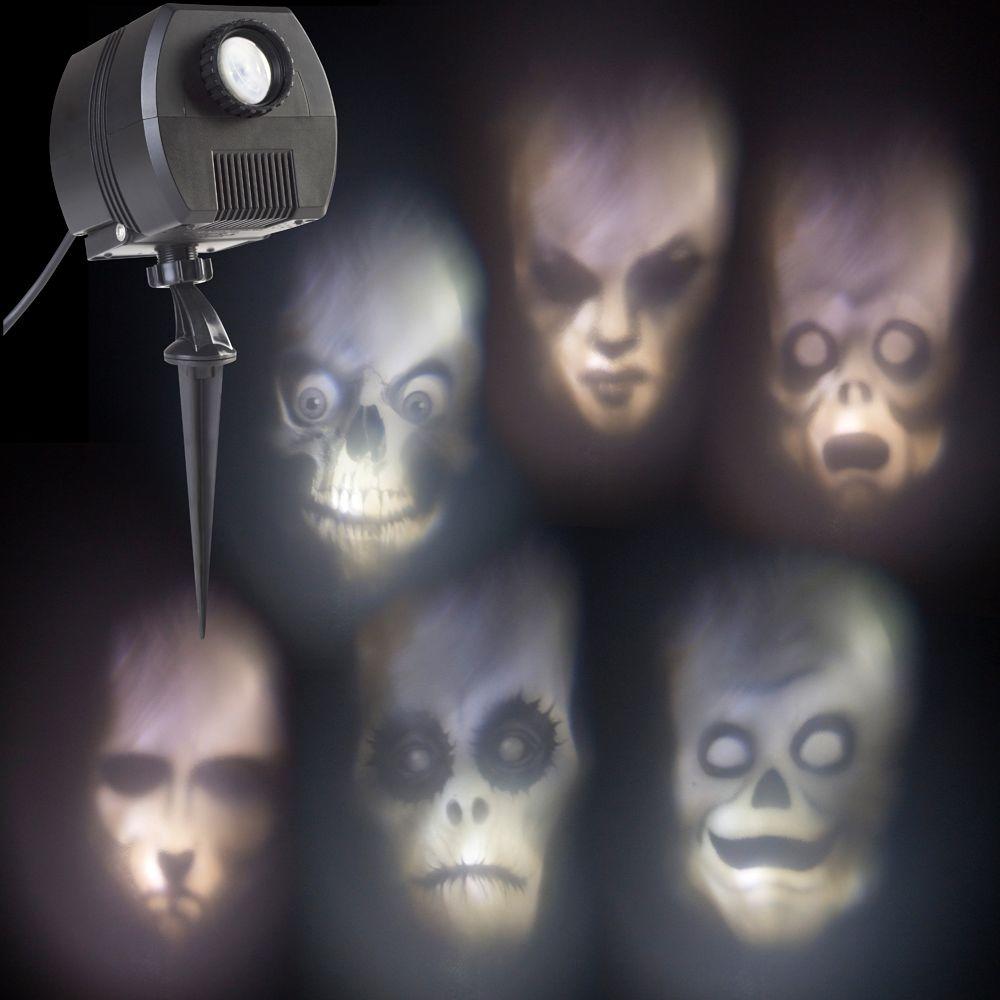

With 3D projection mapping, we could bring these mannequins to life by changing the colors of the clothing, adding facial expressions or changing outfits entirely.Ī building projection on a storefront, with mapped visuals enhancing products in the window display.Ī car show, with vehicles changing colors or wraps with the optical illusion of a holographic effect projected on the vehicle. Here are a couple of inspirational applications for which projection mapping can be an eye catching feature:Ī fashion show or window display utilizing mannequins to showcase various outfits.

With projection mapping, the possibilities are endless. From branding, product showcases, live-music events, trade shows and virtually anything that could benefit from a memorable guest experience, projection mapping takes experiential marketing to another level.Ĭontact Us Now arrow_forward_ios Exit window and return to page close PROJECTION MAPPING USES AND INSPIRATION It was first used mainly as an enhancement to live-music stages but today can be found in virtually any industry. While the technique has been used since the late 1960s, projection mapping as we know it did not come about until the early 2000s. Projection mapping can be used for essentially any purpose. The art of projection mapping accentuates real life through video, taking a benign object and making it look however you want.Ĭontact Us Now arrow_forward_ios Exit window and return to page close HOW DID PROJECTION MAPPING COME ABOUT? From realistic animations and video to abstract projections to entire story driven scenes, projection mapping is a canvas for your imagination.

With 3D projection mapping, the visual possibilities are limitless. If you imagine this on a larger scale, such as with 3D building projection – we could make the building appear to change materials, have it look as if it is on fire, give audiences a peek inside the building’s walls and so forth. This would allow us to put unique, optical illusions within the cube, such as adding a spinning ball of fire inside of it, or making the cube look as if it is melting or crumbling away. However, with 3D projection mapping, we would use or create custom content specifically tailored to fit the cube. With traditional video mapping, we would project onto the sides separately, using a different projector for each surface of the cube. For example, let’s take a simple white cube. Traditional video mapping involves projecting content onto a flat surface, where 3D projection mapping can be used to transform any 3D shape into a lifelike display. It gives the audience the entranced feeling that the images are real and right in front of them.ģD projection mapping takes video mapping to the next level, which takes an object of any shape or size and brings it to life using content that is custom made for the object itself. The art lies in lining up the imagery without distortion to enhance the architecture they’re beamed onto.
#OUTDOOR HALLOWEEN 3D PROJECTOR SOFTWARE#
While it sounds simple, the process is meticulous and software heavy. To put it simply, projection mapping is the art of mapping video content onto any shape or surface.


 0 kommentar(er)
0 kommentar(er)
